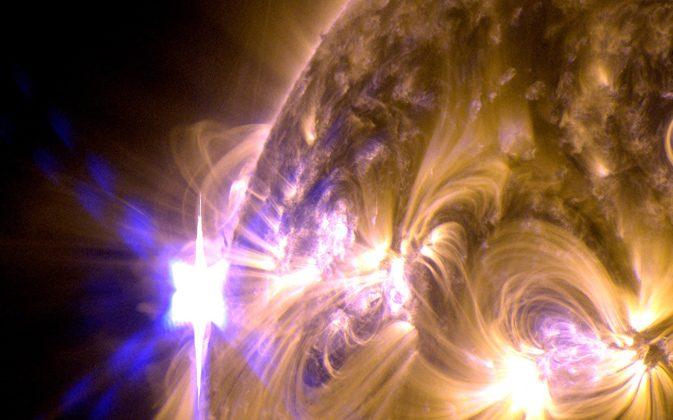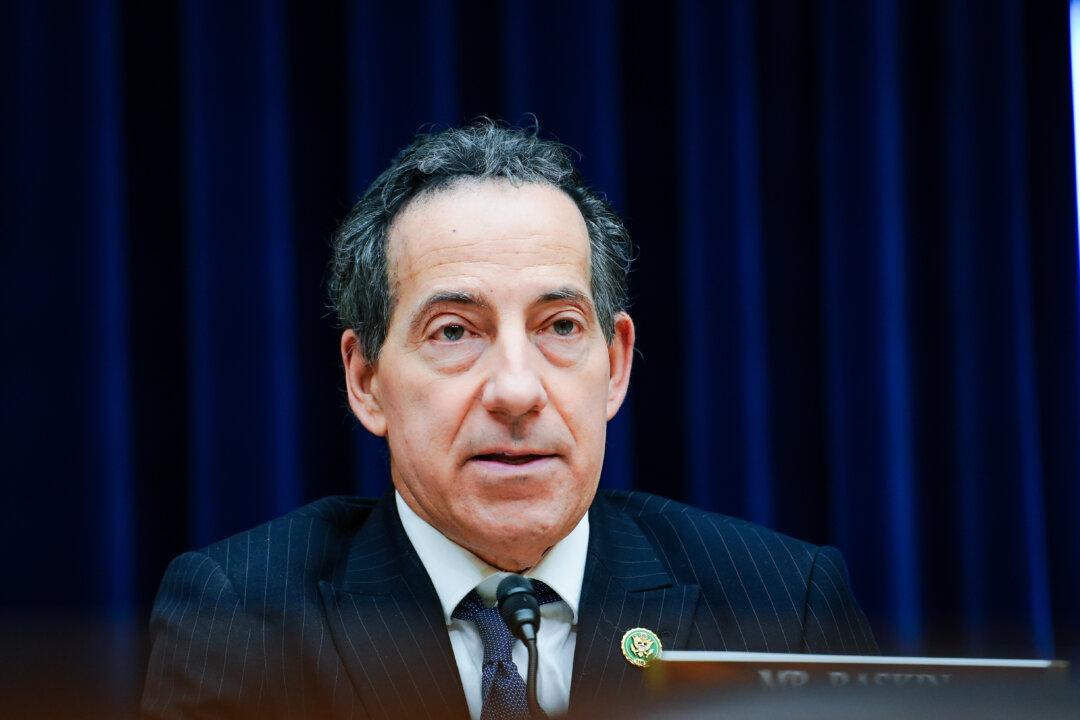Major solar flare: The sun emitted a major solar flare on May 12, the strongest of this year so far, according to NASA.
The flare, an X-Class, is the third strongest of the current solar cycle. It peaked at 10 p.m. EDT. An almost as powerful flare erupted off the sun about 14 hours before this one.
X-Class flares are the strongest flares the sun can emit.
The flare sparked an hour-long high-frequency radio blackout, according to the Space Weather Prediction Center run by NASA.
Strong solar flares are part of the solar activity in the lead up to what is known as solar maximum, which happens every 11 years or so.
Flares can’t make it all the way to Earth, but electromagnetic radiation and energetic particles stemming from the flares can, explains NASA.These can create disruptions with signal transmission, such as causing a satellite to be off by many yards.
Of more danger is a CME, or coronal mass ejection, during which solar explosions “propel bursts of particles and electromagnetic fluctuations into Earth’s atmosphere,” according to NASA.
“Those fluctuations could induce electric fluctuations at ground level that could blow out transformers in power grids. A CME’s particles can also collide with crucial electronics onboard a satellite and disrupt its systems.”
A CME was produced by the May 12 flare but was not directed at Earth. The CME left the sun at 745 miles per second.
NASA compares preparations for a CME to the way one prepares for hurricanes, with advance information and proper precautions.
“During a hurricane watch, a homeowner can stay put … or he can seal up the house, turn off the electronics and get out of the way. Similarly, scientists at NASA and NOAA give warnings to electric companies, spacecraft operators and airline pilots before a CME comes to Earth so that these groups can take proper precautions.”






Friends Read Free